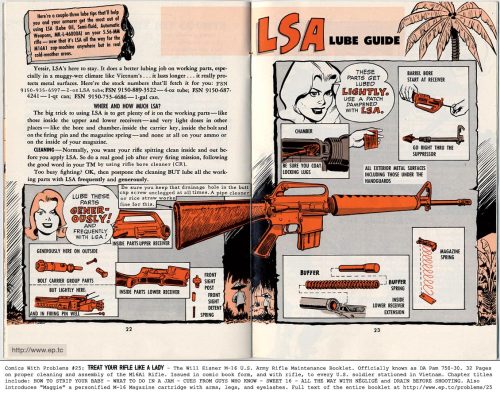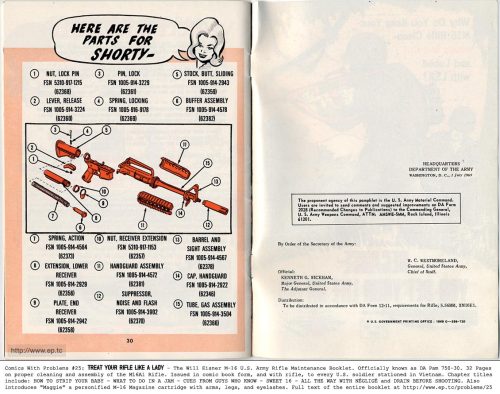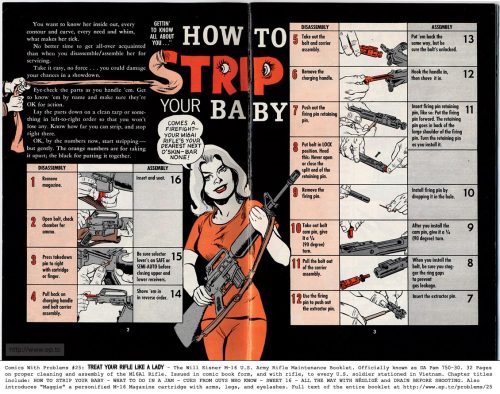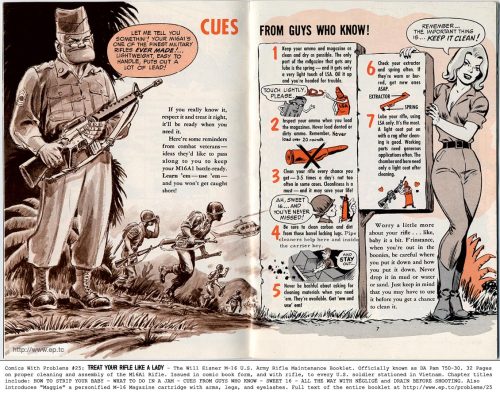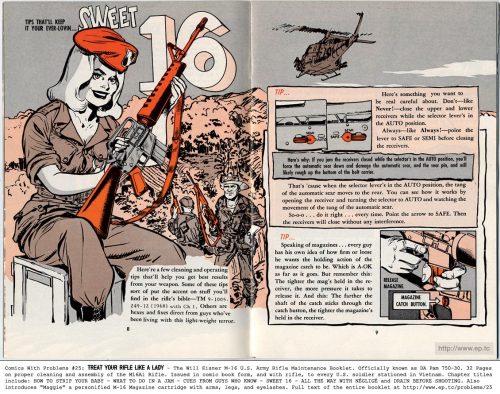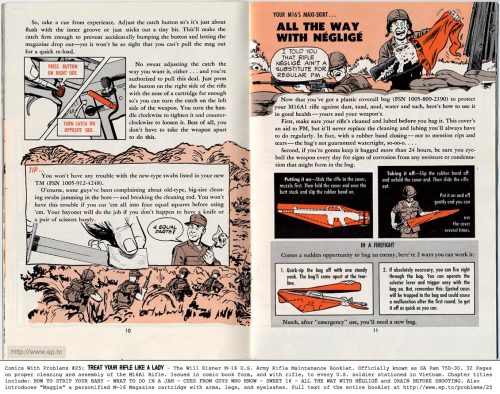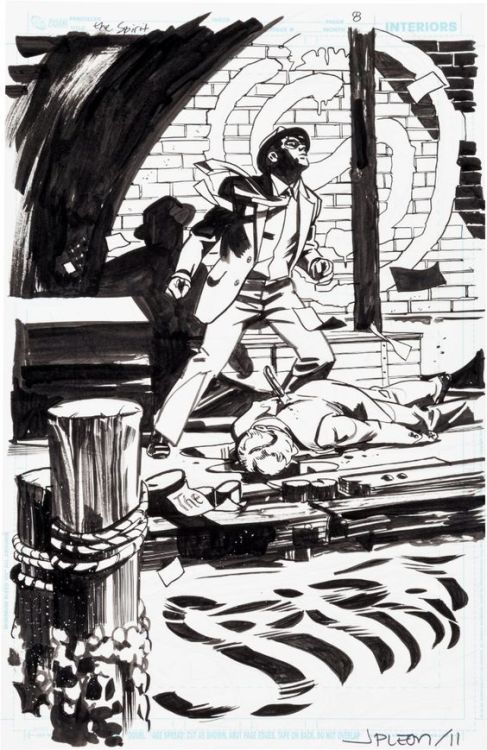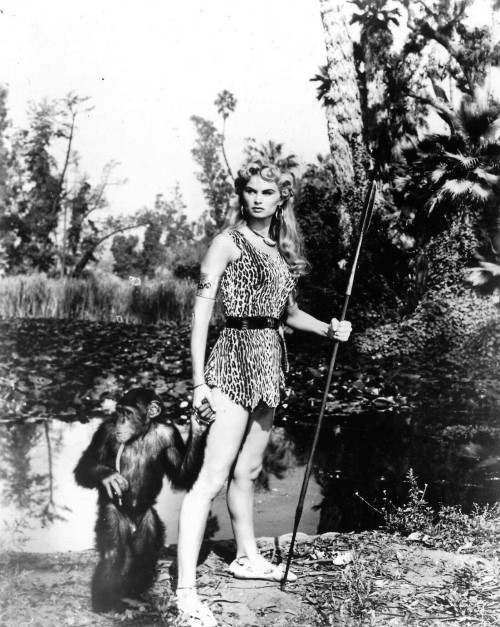#will eisner
In January of 1977, I turned ten-years-old. And around that time, I would up getting my second book collection of vintage comic book stories–a book that, up until that point I didn’t even know existed. We found it in the remaindered section at Two Guys, a regional low-rent department store chain, kind of like the K-Mart of its day. And because I had money that had been given to me for my birthday, I was able to buy it. By that point, it was twelve years old and had gone through several printings–it was, in fact, the very first collection of vintage comic book stories ever published, coming out in 1965 just ahead of the Batman TV show craze.
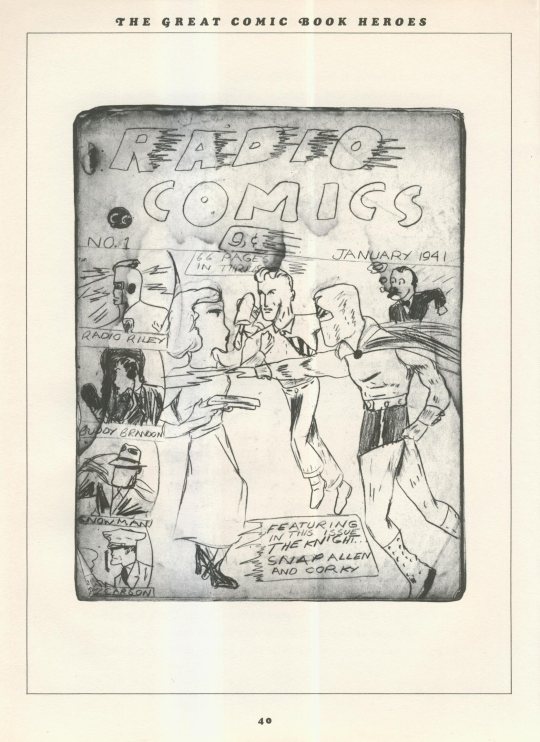
THE GREAT COMIC BOOK HEROES began life as an article that Jules Feiffer had written for Playboy magazine, of all places. It was a nostalgic look back, warts and all, at the comic books that were a part of his youth and the state of the industry a few years later when he was able to get into the business working for Will Eisner. From there, Feiffer went on to be a successful syndicated cartoonist, his strip primarily appearing in the Village Voice, as well as an accomplished playwright. He was so well-regarded, in fact, that he was able to convince a number of publishers to reprint stories from their back catalog in this hardcover collection–publishers who, up to this point, has never really worked in concert before.
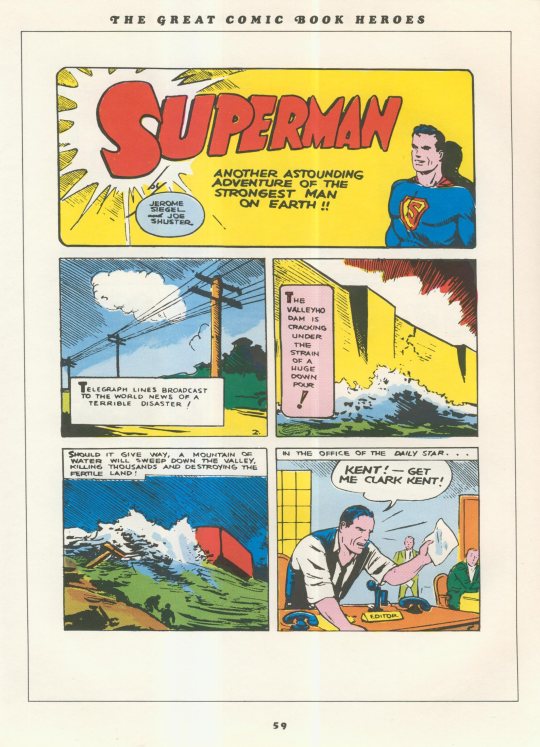
As no good reproduction materials existed, Feiffer worked in concert with DC’s Jack Adler to pioneered a process by which old comic books could be photographed under certain conditions to create a usable black line image, and then recolored. This same process was later used on many of DC’s reprints, in particular the FAMOUS 1st EDITION treasuries–I gather that the reason its use wasn’t more widespread is that it was more costly and time-consuming than was considered worthwhile for a regular comic book release.

Feiffer was also enough of a bigwig in 1965 that he was able to negotiate a minor detente in the legal agreement between DC/national Periodicals and Fawcett Publications, enough to allow him to reprint a single page’s worth of Captain Marvel. In 1977 when I read this book, I didn’t understand why this was a big deal (and in fact I had read this same story twice before already.) I believe it was the one and only exception ever granted, at least up until the point where DC began licensing the rights to Captain Marvel from Fawcett in 1973.
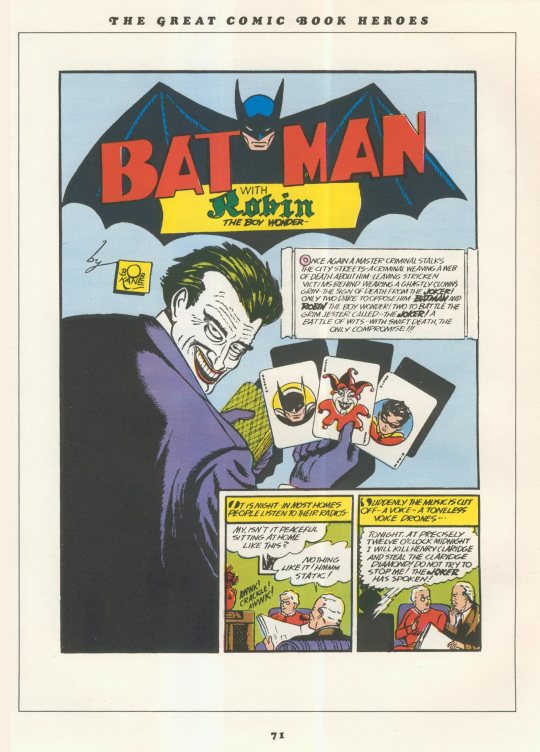
I will confess that, when I first bought this volume, I didn’t read any of Feiffer’s text. That seemed like work to me, who needed it? It was the stories that I was here for! I was hypnotized by the reproduction of one of the comic books that Feiffer had made and sold on the neighborhood street when he was a kid. I had begun to make my own comic books before this, and so this was a very primal point of connection for me–I think I may have read the text of just that one “chapter” (they were all short enough that they were only three or four pages long.)
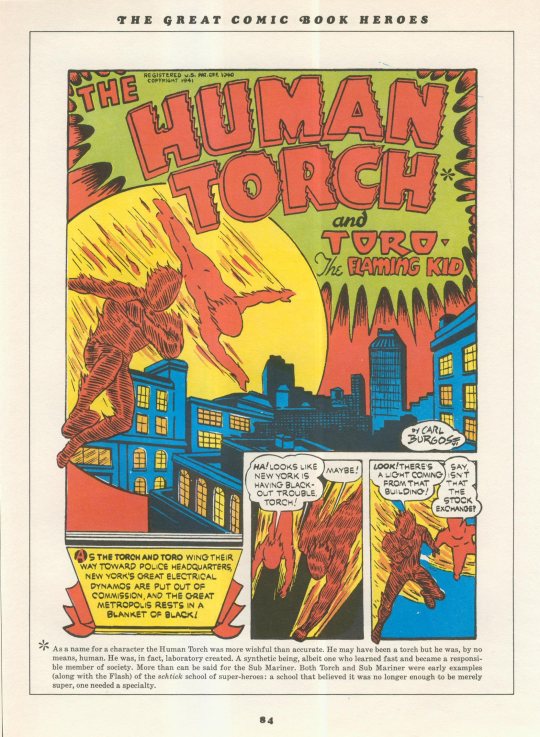
I also didn’t read the stories featuring the Human Torch, the Sub-Mariner and Captain America that were included in the volume. Why would I? I had learned from past experience that I adamantly disliked Marvel comics, decried them whenever I was asked about them, so there was no need to investigate these stories. It would literally be months, not until the summer of 1977, when, on one dull day with nothing better to do, I finally cracked and read through both Feiffer’s full text and the three Marvel stories. And they (along with the write-ups on Timely in the Steranko History of Comics, coming soon) were enough to compel me to give Marvel another chance. But we’ll get to that in due time.
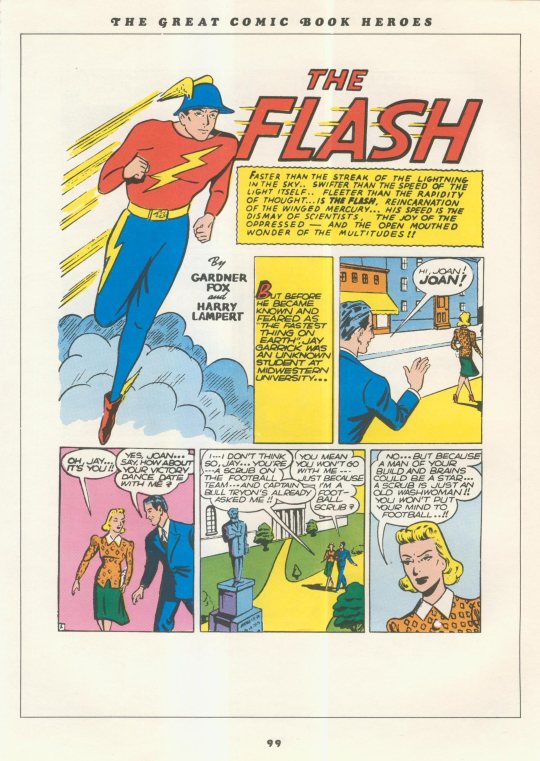
The one disappointing aspect of Feiffer’s book to me, coming to it twelve years later, is that there were already a number of stories in it that I’d read already. Because Feiffer tried to hit all of the mainstays of the big comic book houses in his reprints, and as often as possible, the opening or origin installments. The only times he varied from this approach was when there was some other aspect of the character or the strip that he was trying to highlight–a number of these series took a little while to completely crystallize in their final forms, and Feiffer took that into account when choosing his stories.
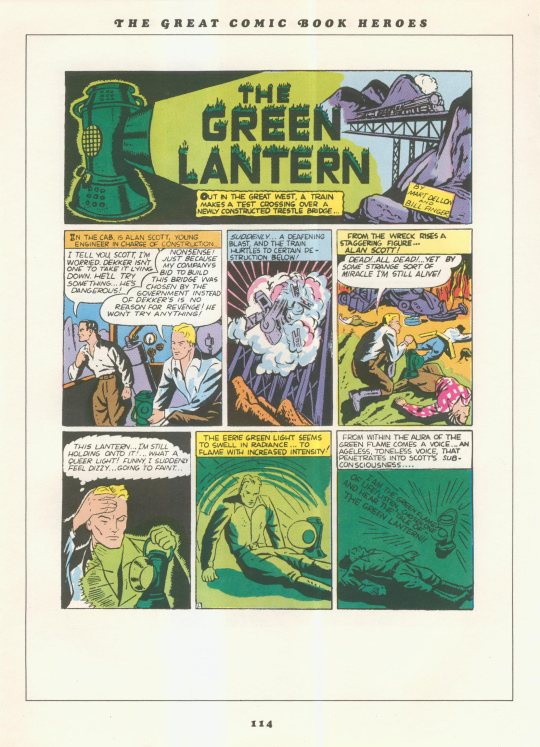
So what was reprinted in this volume? It opened with a two-page origin of Superman, taken not from ACTION COMICS #1 but rather from the more expanded version first shown in SUPERMAN #1. Thereafter, he ran a story that he sourced from SUPERMAN #3 but which was first published in ACTION COMICS #5. It’s really the first full story in which all of the quintessential elements of the Superman series coalesce: the Lois-Clark-Superman relationship in particular. There are several pages in the middle of it that were clearly reworked from newspaper strip samples, panels extended and reformatted into comic book pages haphazardly.

Following the single page of Captain Marvel he could show, Feiffer then reprints the origin of Batman, from BATMAN #1 (which I’d read), as well as the first story featuring the Joker (likewise). This was about a year in, by which point Robin had been introduced, and wit the debut of the Joker all of the elements were in place. But not new to me. Next was a relatively late Human Torch story from MARVEL MYSTERY COMICS #20–like Batman, by this point the Torch’s young partner Toro had come into the series, and it had settled down into typical super-heroics. But I didn’t read it, not yet.

A pair of stories that I’d already experienced came next: the first adventure of the Flash (my third copy of it!) from FLASH COMICS #1 and the first installment of Green lantern from ALL-AMERICAN COMICS #16. Next came a solo Spectre story from ALL-STAR COMICS #1. I was familiar with this early version of the Spectre from the FAMOUS 1st EDITION reprint of ALL-STAR #3, but he wasn’t especially interesting to me. Because he was already dead and could do literally anything, there wasn’t a lot of drama to be found in his stories. Even as a kid, this deficit was apparent to me. Superman, at least, had to struggle to accomplish whatever his goal was.
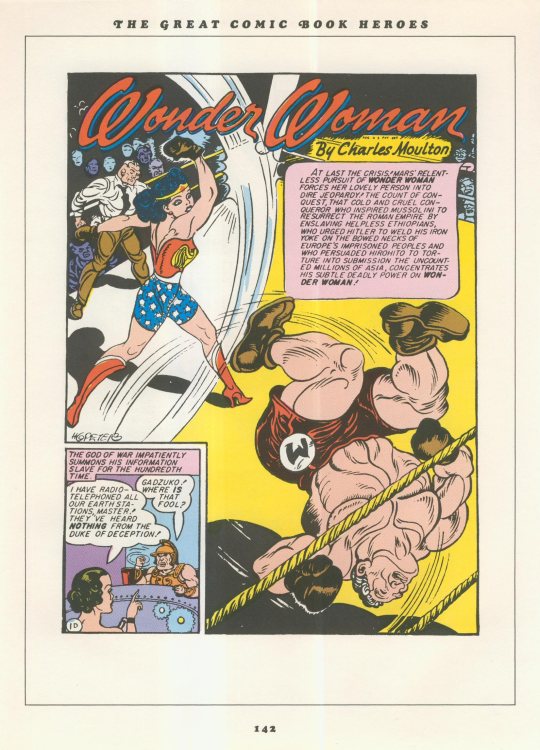
Next came an adventure of Hawkman, sourced from FLASH COMICS #5. Here, Feiffer skipped the earliest adventures of the winged wonder so as to showcase the work of Shelly Moldoff on the strip (and in particular how often he was swiping Flash Gordon panels by Alex Raymond, which happened everywhere.) This was followed by a Wonder Woman story from WONDER WOMAN #2–actually, it was a single chapter of a four-chapter larger story, but I wouldn’t discover this for decades. Feiffer chose it as a good example of some of the strange sexuality that was operating under the hood of what at first glance appeared to be a patriotic heroine series. This was the stuff that really made Wonder Woman sizzle, and the lack of which one of the reasons why her series had such a lack of pop in the 60s and 70s.

Then came a Sub-Mariner adventure from MARVEL MYSTERY COMICS #7, by which point creator Bill Everett had worked out the bugs. I didn’t read it for several months, but essentially it’s an orgy of destruction, as Namor returns to Manhattan to carve out vengeance for his undersea race by wrecking and destroying his way across the city–he even at one point accosts Mayor Fiorello LaGuardia. There isn’t much plot, only carnage–and it ends with Namor’s friend Berry Dean warning him that the Human Torch would be on his trail. But that historic meeting wasn’t included.
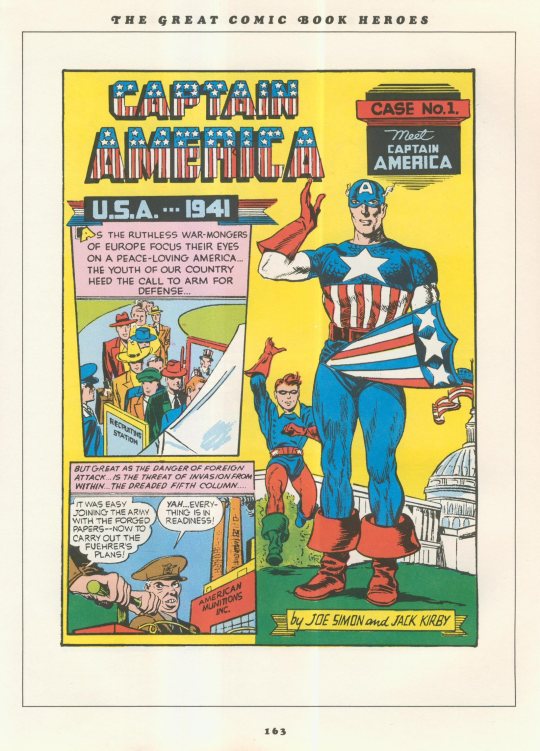
I also skipped the origin of Captain America, from CAPTAIN AMERICA COMICS #1. It’s a pretty crude piece of work, like most of what was reprinted in this volume. There are only hints of the explosiveness that Jack Kirby would bring to the comic book page in the next few issues, to say nothing of the next few decades. The pages were a little bit more jigsaw puzzle-y, but only a little bit. That would change as Kirby got going on Cap.

Next came the first Plastic Man adventure, from POLICE COMICS #1, and which I’d read a few weeks earlier in SECRET ORIGINS OF THE SUPER DC HEROES. It was still a fun tale, but one that only hinted at the inventiveness that Jack Cole would bring to the character and to the page. I felt the same way about the Spirit based on the story that Feiffer reprinted here. He spent a lot of time talking up how innovative and impressive a series it was, but from this sampling, I just couldn’t see it. Part of that, no doubt, is that most scholars consider the best period of Eisner’s Spirit to run from around 1946-1950 or so. But Feiffer was working for Eisner for most of that period–he wrote several of the most memorable tales–and so his interest was in the earliest Spirit adventures, the ones he read as a kid.
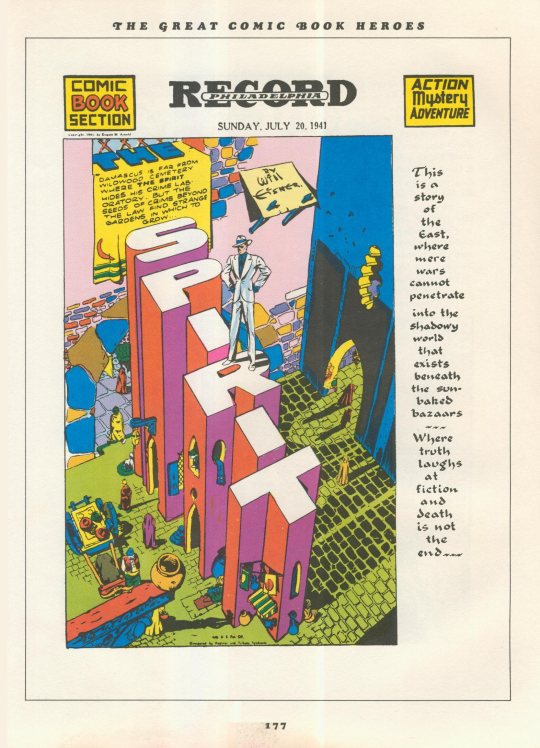
So it was a highly-enjoyable volume, and one that would have a greater impact on me over the course of time, but also slightly disappointing. But I was glad to have it, in particular because its existence came as a total surprise to me. At this point in time, there were precious few compilations of old comic book stories, so each one was like a treasured gem.
Post link

Will Eisner #20, April 1950
Artist:Will Eisner

Will Eisner #20, April 1950
Artist:Will Eisner

After my Tweet about Rumiko Takahashi went viral, I got curious as to who all in the history of comics has been nominated for the Will Eisner Award Hall of Fame. As there are many who were nominated more than once before induction, I also got curious as to how many nominated professionals to date are still absent from the HoF.
As I do when I get really curious and can’t find what I need in one tidy place, I made a tidy list for the next person who gets curious. Click here to be sure you’re seeing the most up-to-date version of this thing (it will be updating)!
ABSENT NOMINEES
These are the 60 comics professionals who have been nominated (but not yet inducted) into the Eisner Hall of Fame from 1987 - present. Of the 226 total nominees (including inductees) to date, 21 have been women(including3 women of color). Women’s names are in bold.
Gus Arriola,Bernard Baily, Peter Bagge,Brian Bolland, Alberto Breccia, Yves Chaland, Howard Chaykin, Howard Cruse, Kim Deitch, Rudolph Dirks, Philippe Druillet, Kevin Eastman, Steve Englehart, George Evans,Carlos Ezquerra, Bud Fisher, Creig Flessel, Bob Fujitani,José Luis García-López, Edward Gorey, Justin Green, Roberta Gregory, Bill Griffith, Frank Hampson,Lynn Johnston, Jenette Kahn, Jack Kamen, Fred Kida, Bernie Krigstein,Paul Levitz,Jesse Marsh, Frans Masereel, George McManus,Françoise Mouly,Thomas Nast,Paul S. Newman,Alex Niño, Dan O'Neill, Bob Oksner, Gary Panter, Lily Renée Peters Phillips,Wendy Pini & Richard Pini, Bob Powell, Frank Robbins, P. Craig Russell, Bill Sienkiewicz, Posy Simmonds,Cliff Sterrett, Yoshihiro Tatsumi,Maggie Thompson & Don Thompson, Rodolphe Töpffer,Akira Toriyama, Herb Trimpe, Garry Trudeau, George Tuska,Naoki Urasawa, John Wagner, and S. Clay Wilson.
ALL NOMINEES
Each year links to a cached webpage listing all HoF nominees from said year.
2019 • 2018 • 2017 • 2016 • 2015 • 2014 • 2013 • 2012 • 2011 • 2010 • 2009 • 2008 • 2007 • 2006 • 2005 •2004 •2003 •2002 •2001 • 2000 •1999 •1998 •1997 •1996 •1995 • 1994 •1993 • 1992 •1991 •1990* • 1989 •1988 •1987**
Andhere’s a list of all inductees organized by year and method of induction (Judges’ Choice vs Industry Vote).
*No one was inducted in 1990.
**The 1987 nominees were originally intended for the Kirby Award, which dissolved the following year.
Note: Hall of Fame inductee Vaughn Bodē (1941-1975) may have been a trans woman.


the Spirit # 14, by Will Eisner.
The bookshelves in my workplace contain an expansive printed history of the AIDS crisis. There are internal medicine journals from 1985, needle exchange sharps-handling instructions, and decades of legal writings on HIV stigma and criminalization.

I was only 9 or so in the mid 80’s when AIDS came home. Tommy, my mom’s live-in bff and my gay uncle of sorts, and all his boyfriends began showing symptoms, getting diagnosed, and in some cases, quickly dying. His artist friend Jim was the first to die, leaving a room full of my favorite fantasy paintings of unicorns and castles unfinished. I would give anything to have one of those today.
What I got instead were pamphlets. Pamphlets and booklets and standards of care, provided by our local health crisis group. They felt important, and, being a know-it-all kid anyway, I obsessed over them. I read over and over in every medical article I could find that it was ok to hug a person with AIDS, to hold their hand, to kiss them on the cheek. I got in fights at Catholic school over it, yelled at kids for making AIDS jokes, snapped at thoughtless, ignorant adults I heard spreading misinformation. I was That AIDS Kid.
One of the books I found in the shelves is called Strip AIDS USA, a collection of comics about and in reaction to AIDS, from 1988. The back cover is a panel by Will Eisner, featuring his most famous comic character, The Spirit.

Astudy in 2010 by the lawyers those books belong to found the percentage of people who incorrectly believe that HIV can be transmitted by sharing a drinking glass is actually higher now than in 1987.
Stigma, discrimination, and attempts at criminalization of HIV are still happening. The people in my office work very hard to fight these things, but spreading basic, good information about transmission and how to treat people with HIV or AIDS can start anywhere - in a comic strip, on Tumblr, from a know-it-all kid like me. Or you.



